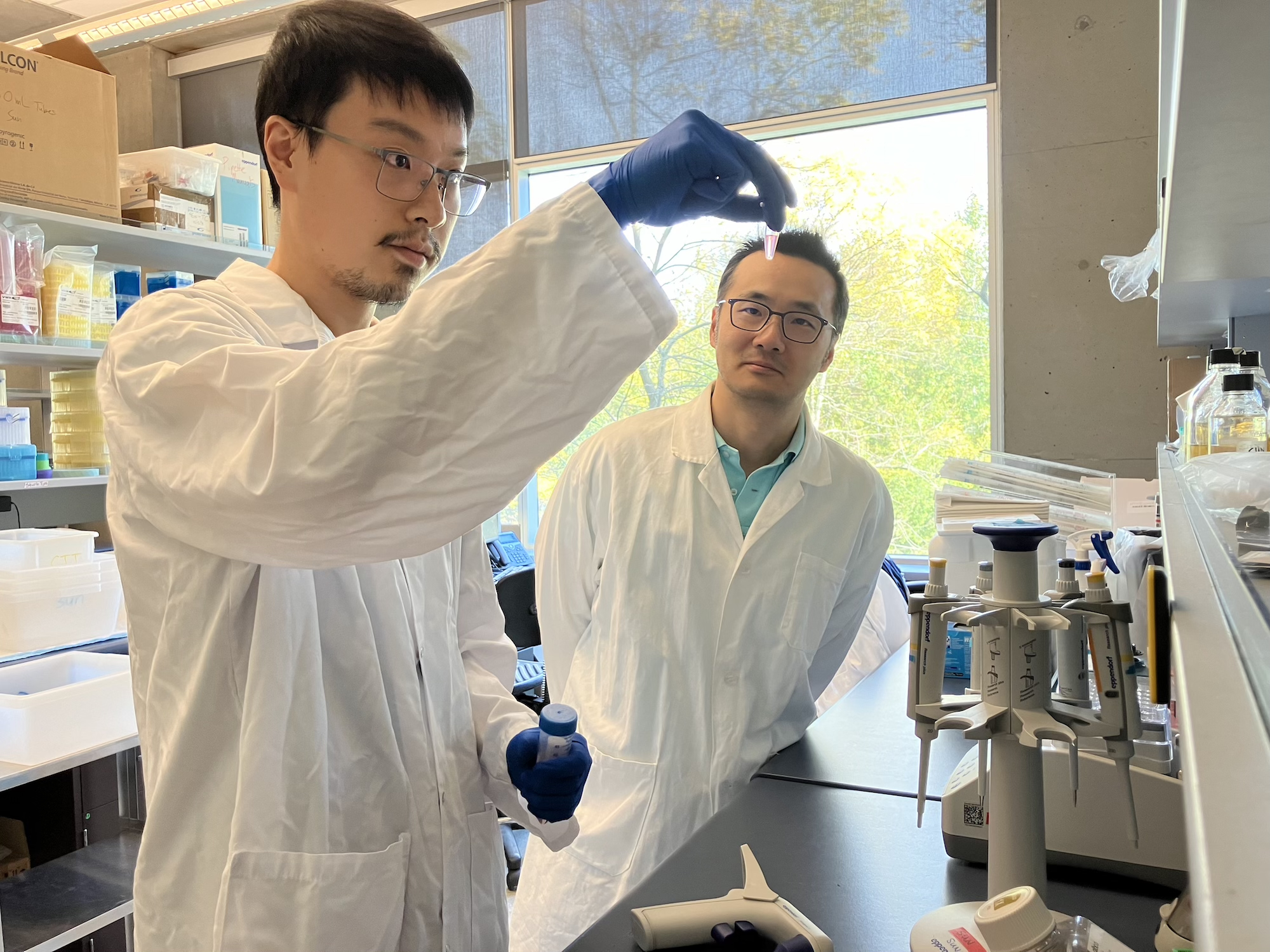Modified plant compound shows promise as next weapon in fight against drug-resistant TB
October 8, 2024

October 8, 2024

A modified compound taken from bloodroot, a wildflower native to North America, effectively fights multidrug-resistant tuberculosis (TB) bacteria in the test tube, according to a new study.
The discovery, published in Microbiology Spectrum, shows promise for further testing with the ultimate goal of finding new drugs to treat TB, the leading infectious killer after COVID-19, according to the World Health Organization.
“There's an urgent need to improve our pipeline of drugs to address multidrug-resistant strains of TB, to either reduce the required treatment time or tackle the development of resistance,” said senior author Dr. Jim Sun, assistant professor in the UBC department of microbiology and immunology. “The drugs currently used for treatment are more than 50 years old. Unlike other bacterial infections, treating tuberculosis takes at least six months using a combination of drugs, which puts significant strain on the human body.”
To find new potential candidates for TB treatment, the researchers looked to sanguinarine, a compound extracted from the bloodroot plant which has known antimicrobial and antiseptic properties.
Compounds derived from natural sources are great candidates for anti-infection drug development, but also tend to be more toxic to humans. The research team modified sanguinarine to increase its potency and reduce its toxicity, creating 35 new derivatives including two – BDP9 and BPD6 – that inhibited growth of Mycobacterium tuberculosis, the bacterium that causes TB, by more than 90 per cent even at relatively low doses in the test tube.
Both compounds were effective against three particularly aggressive TB strains and five strains resistant to several current antibiotic treatments, the researchers said.
When tested in mice models infected with a weakened animal strain of TB, BPD9 significantly reduced bacterial presence in the lungs within just eight days.
"We were thrilled to see that the BPD compounds were effective even against multidrug-resistant strains. We look forward to investigating further how they work compared to existing antibiotics,” said first author Yi Chu Liang, a UBC and University of Ottawa doctoral student.
The researchers believe BPD9 may also be effective in treating dormant TB. “TB treatment takes six months because the bacteria can ‘hibernate’ in your lungs until reactivated. Most antibiotics work best against actively growing bacteria, but BPD9 seems to be able to stop dormant bacteria from coming back to life,” said Dr. Sun. The BPD compounds also targeted the mycobacteria family specifically, leaving other types of bacteria unharmed and so, protecting the health of the human microbiome.
This specific activity also included non-tuberculous mycobacteria which are recognized as pathogens of concern. “Some species are notoriously resistant to the antibiotics available and the treatment outcomes are poor, especially in patients with pre-existing lung disease,” said co-first author Dr. Andréanne Lupien, assistant professor, department of microbiology and immunology at McGill University. “For these hard-to-treat infections, the development and the evaluation of new therapeutic options, like BPD9, with a novel mechanism of action is paramount.”
While these preclinical results are promising, the researchers say there’s still much work to be done. Next steps will include further reducing the toxicity of the compounds, optimizing their activity, and conducting further testing using drug-resistant strains of the TB-causing bacteria.
The research team will also work to figure out how the BPD compounds work within the bacteria, to enhance the effectiveness of any resulting drug.
We honour xwməθkwəy̓ əm (Musqueam) on whose ancestral, unceded territory UBC Vancouver is situated. UBC Science is committed to building meaningful relationships with Indigenous peoples so we can advance Reconciliation and ensure traditional ways of knowing enrich our teaching and research.
Learn more: Musqueam First Nation